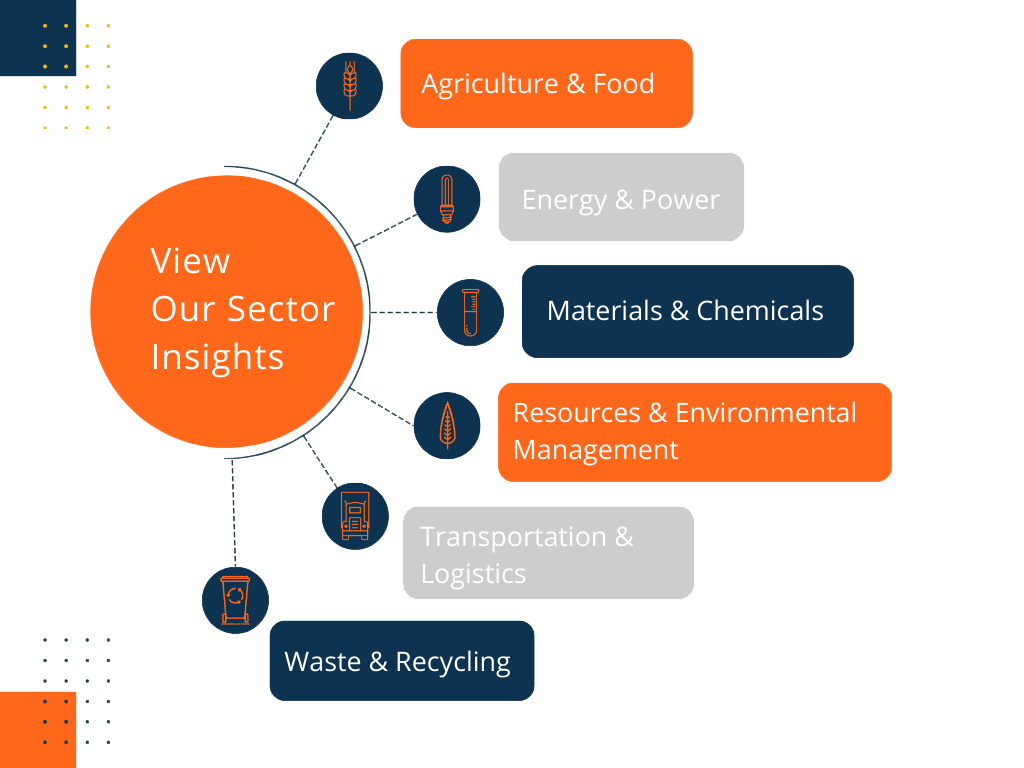Executive Summary: Bioplastics
Bioplastics Uphold Established Plastics Infrastructure Without Cost or Durability Trade-off
- Next-generation bioplastics and alternatives (herein after referred to as bioplastics) are materials intended to replace conventional plastics with a similar or identical function even if they are not an exact bio-derived alternative at the molecular level (1Appendix)
- The first generation of bioplastics (PLA, PHA, PE, etc.) are relatively expensive in comparison to conventional plastics, shed micro-/nano-plastics, are typically only industrially biodegradable, and may harm recycling infrastructure
- True biodegradability now possible with the introduction of home-compostable or naturally biodegradable polymers and additives, e.g., CARBIOS developed biodegradability additives for bioplastics like PLA at TRL 9
- Water-soluble bioplastics tackle contamination of waterways, e.g., Nohbo developed water-soluble biofilms for cosmetics
- Rigid bioplastics are durable with improved resource consumption, e.g., ALT. developed durable luxury bio-leather to replace PU/PVC that is only biodegradable in an industrial landfill and requires significantly less resources to process than animal leathers
- Manufacturers can reduce a product’s carbon footprint by 40-70% by incorporating some percentage of bioplastic material, e.g., Evoco blends 80% biopolymers in foam soles for footwear reducing risk, cost, and durability concerns from big players
- Bioresins to create bioplastics and alternatives are compatible with existing manufacturing lines, meaning no infrastructure overhaul for plastics producers
- Innovators are approaching cost-parity to conventional resins by valorizing organic waste streams, e.g., Sleaktek uses lignocellulosic waste to create its biopolymers

Executive Summary: Plastic Recycling
Advanced recycling offers several solutions to improve plastic recycling, reduce pollution
- Plastic recycling traditionally diverts waste from emissions-intensive landfilling and incineration, using it to produce new plastic
- The recycling status quo uses mechanical recycling for 90% of all recycling, creating several issues:
- Mechanical recycling requires expensive, manual sorting
- Mechanical recycling only accepts PET, HDPE, PP, LDPE and produces mixed resins
- Recycled plastic is often contaminated and low quality, limiting applications and offtake partners
- Current recycling rate is just 8% of all plastic waste due to technical process limitations, uncoordinated waste handling, and lack of demand
- Mechanical recycling requires expensive, manual sorting
- Advanced recycling offers promise: it accepts all plastic types, produces higher quality products, and accepts cheaper feedstocks
- Advanced recycling targets three primary offtake markets:
- Plastic-to-fuel: Usually pyrolysis or gasification (Plastic Energy, Brightmark)
- Plastic-to-chemicals: Extracted from deconstructed polymers following pyrolysis or depolymerization (Anellotech, GreenMantra, MacroCycle)
- Plastic-to-plastic: Technically possible across technologies, but solvent dissolution most effective and targeted (Polystyvert, APK, PureCycle)
- Plastic-to-fuel: Usually pyrolysis or gasification (Plastic Energy, Brightmark)
- Solvent dissolution can be used to extract pure, uncontaminated polymers such as PP and HDPE from packaging products (31.2% of annual plastic volume)
- Solvent dissolution can be integrated into mechanical recycling, increasing profits and Solvent dissolution can be integrated into mechanical recycling, increasing profits and creating circular plastic packaging today

Markets change. Companies evolve.
Our research delivers the insight you need to stay ahead of the trends.
-
Get access to our database of global insights and information on sectors, companies and trends — updated daily.
-
Uncover details on new technologies and the companies creating them.
-
Get insights on over 37,000 companies, their investment histories and management teams.
-
Review investors’ portfolios, funds and sectors.
-
Follow market activity.


